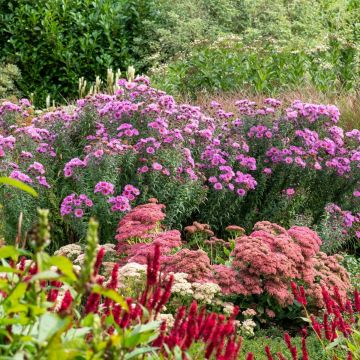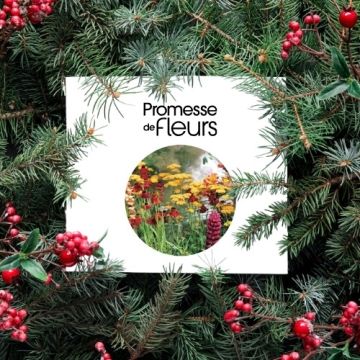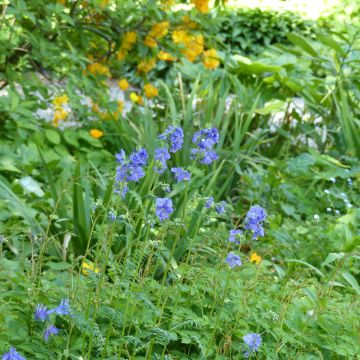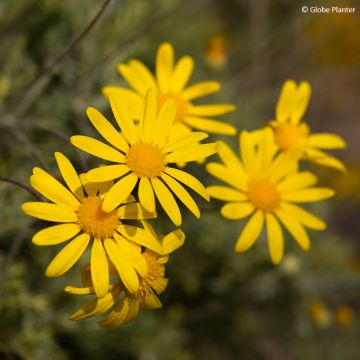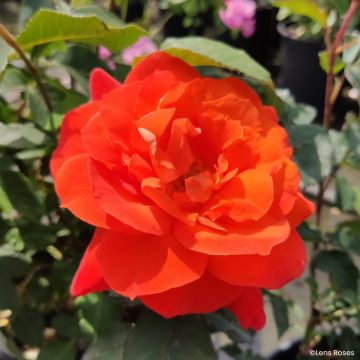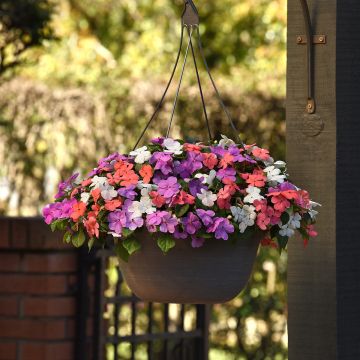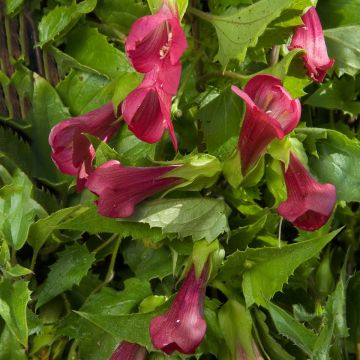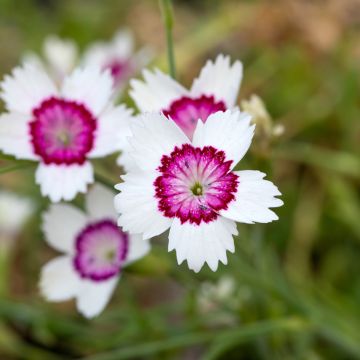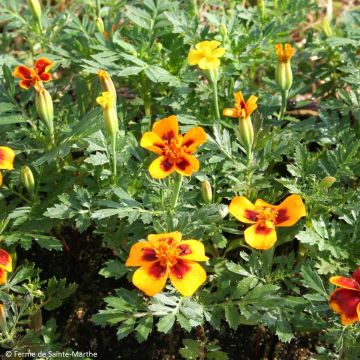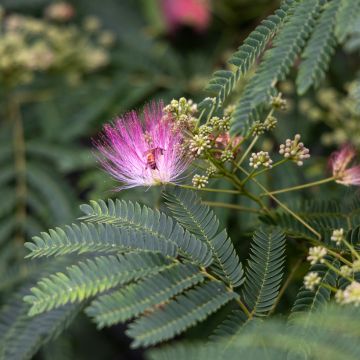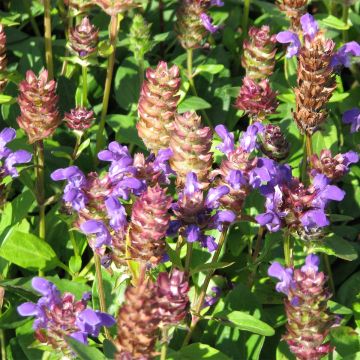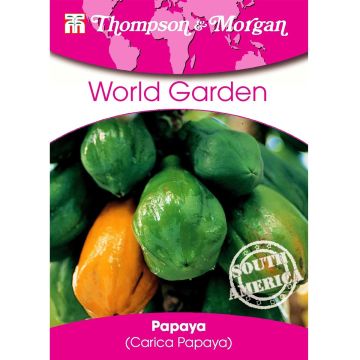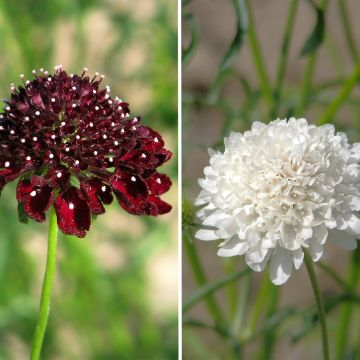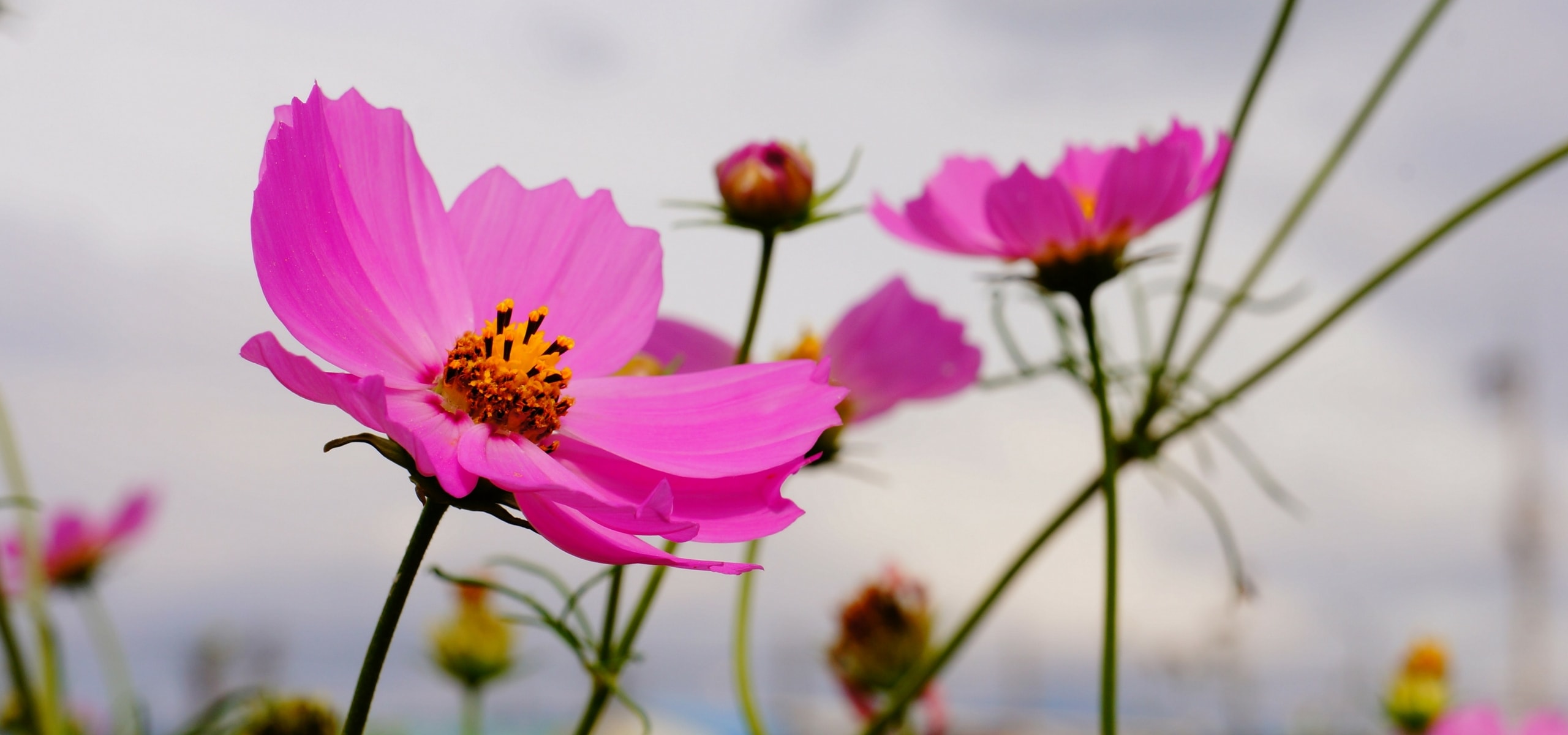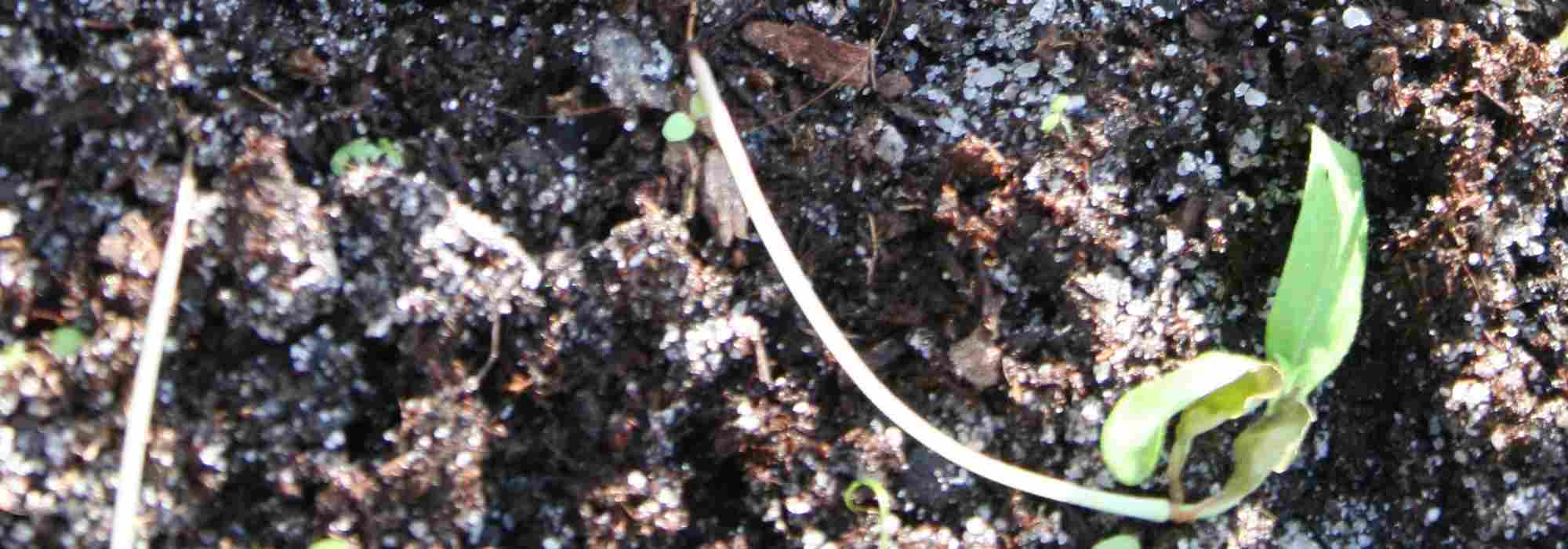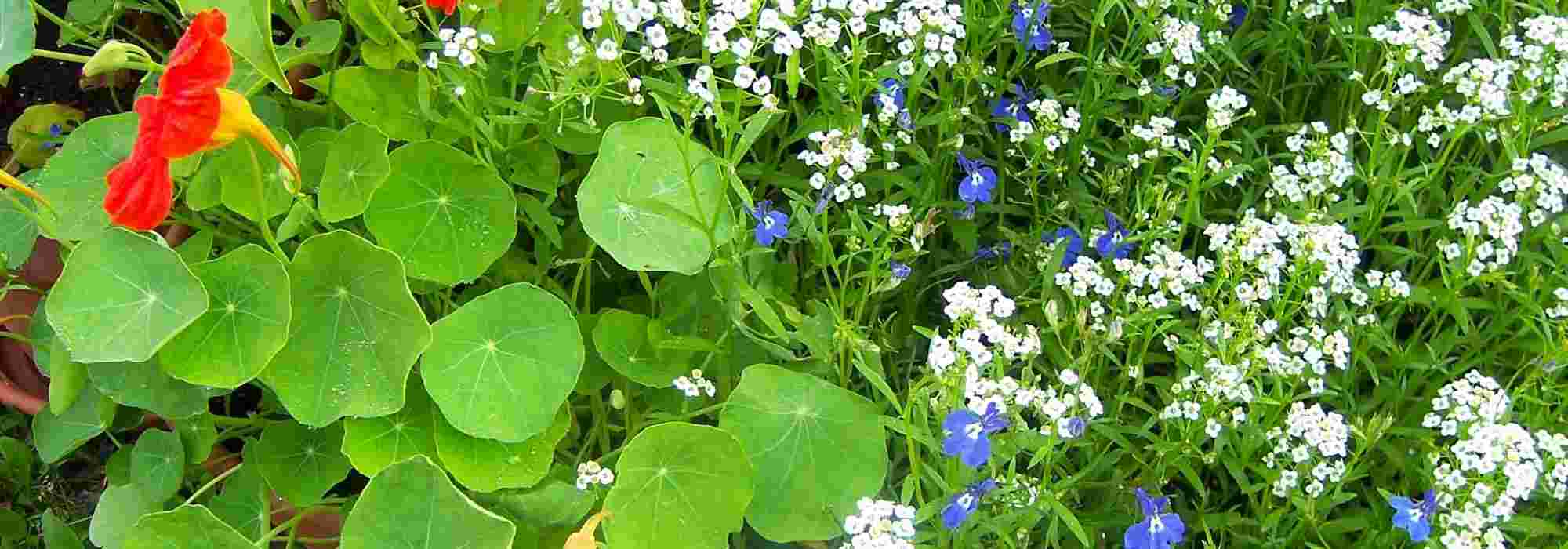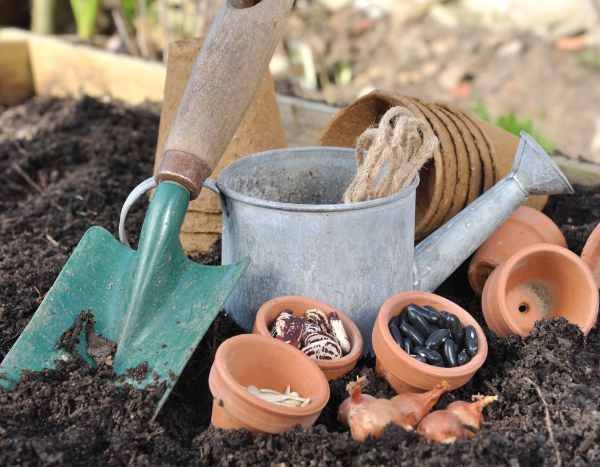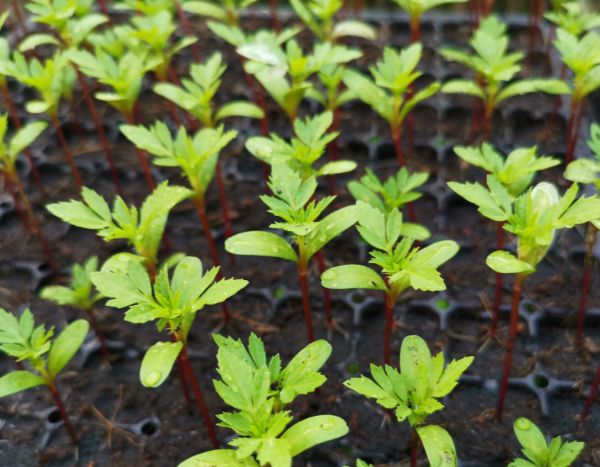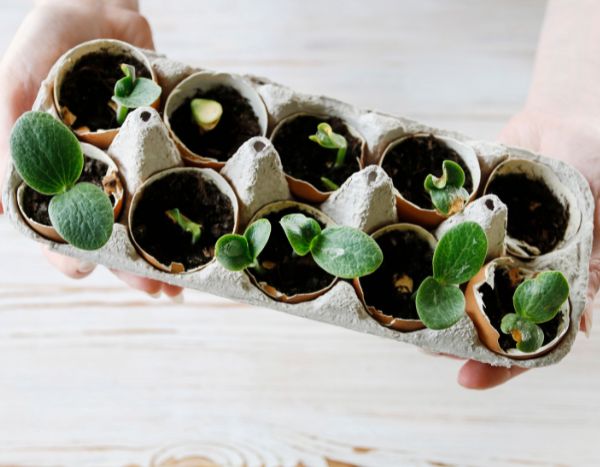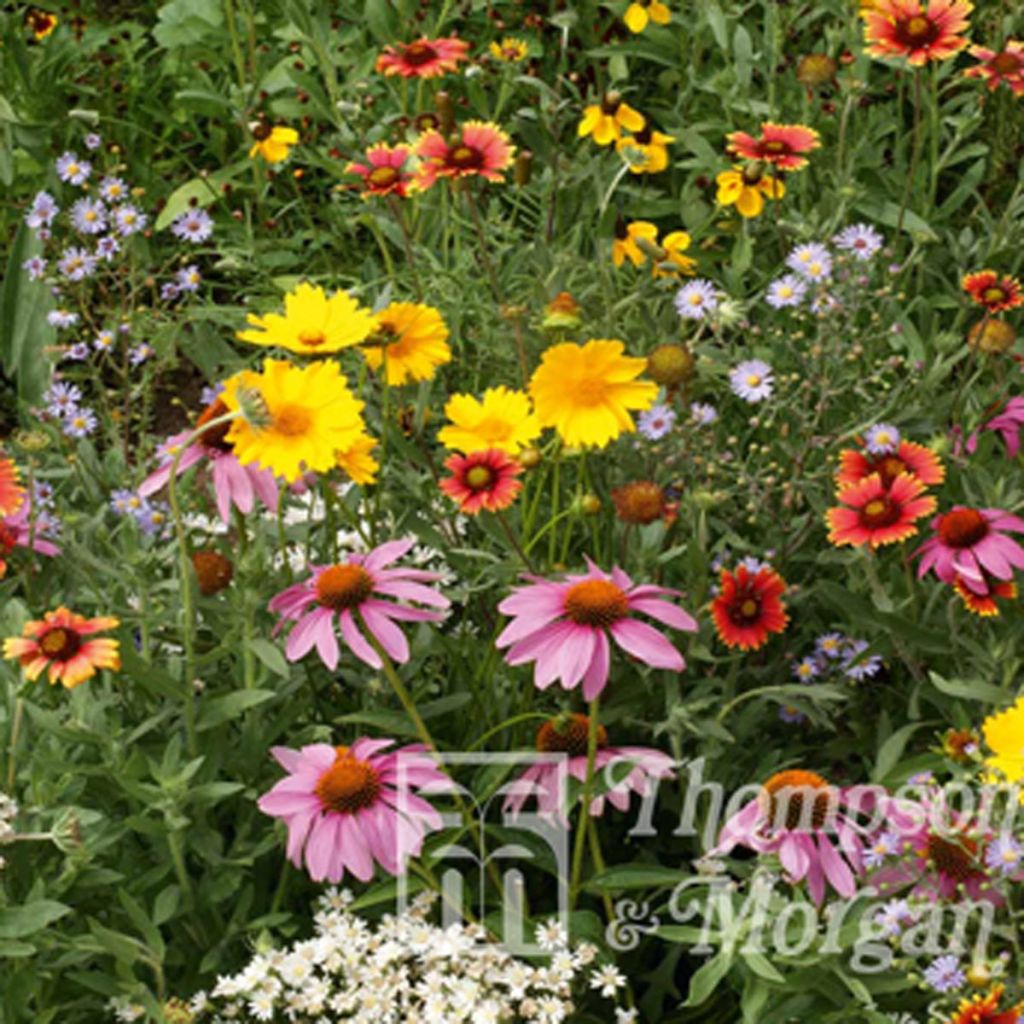

Graines Wildflower Honey Bee Flower Mixed - Mélange pour abeilles
Honey Bee Flower Mix
Special offer!
Receive a €20 voucher for any order over €90 (excluding delivery costs, credit notes, and plastic-free options)!
1- Add your favorite plants to your cart.
2- Once you have reached €90, confirm your order (you can even choose the delivery date!).
3- As soon as your order is shipped, you will receive an email containing your voucher code, valid for 3 months (90 days).
Your voucher is unique and can only be used once, for any order with a minimum value of €20, excluding delivery costs.
Can be combined with other current offers, non-divisible and non-refundable.
Why not try an alternative variety in stock?
View all →This plant carries a 6 months recovery warranty
More information
We guarantee the quality of our plants for a full growing cycle, and will replace at our expense any plant that fails to recover under normal climatic and planting conditions.
Does this plant fit my garden?
Set up your Plantfit profile →
Description
This Wildflower Honey Bee Flower Mixed seed mix brings together 19 species of annual or perennial wild plants, whose flowering, rich in nectar and pollen, takes place from May to August. This colourful selection, as beautiful as it is useful for bees, is ideal for wild gardens, apiaries, or for embellishing large areas on the outskirts of the countryside. It includes Echinaceas, Gaillardias, Cosmos, asters, and many more. Sow directly in place, in May, in well-prepared ordinary soil.
Depending on availability, this mix consists of: Cheiranthus, Cynoglossum, Aster, Cleome, Coreopsis, Cosmos, Echinacea, Eschscholzia, Gaillardia, Gaura, Papaver rhoeas, Phacelia, Tagetes, Reseda, Penstemon, Arabis, Ratibida... All these plants, annual or perennial, show rapid growth and easily naturalize through spontaneous sowing in the garden, in ordinary and well-drained soil.
The bee flower mix is a specially composed mix of various flowers that mainly attract bees and other hymenopterans. Bees play a major role in flower pollination, leading to the formation of fruits and seeds, thus increasing the yield of crops useful to humans and promoting plant genetic diversity. This mix helps combat the mass disappearance of bees on a garden or vegetable plot scale by creating a favourable environment for them. It is also a playful and natural way to bring whimsy to a vegetable garden or to fill a somewhat neglected area at the back of a large garden with poetry. These wild flowers can also be used to create beautiful bouquets.
Report an error about the product description
Flowering
Foliage
Plant habit
Other Thompson and Morgan seeds
View all →Planting and care
Sowing :
Sow directly in open ground, in a sunny location, on well-prepared, loosened, well-drained and warm soil, from March to May. Sow by broadcasting and lightly rake to cover the seeds. It is also possible to sow in rows at a depth of 1.5cm (1in), with a spacing of 30cm (12in) between each furrow. Water regularly, especially during dry periods. Germination will take between 14 and 21 days.
Cultivation :
Regularly remove faded flowers and water if necessary. The bee mix contains seeds of perennial and annual plants. Regularly remove faded flowers to encourage new flowering. In autumn, perennial plants can be cut back, annual plants as well, but only after seed ripeness for spontaneous reseeding in the following spring...
Sowing period
Intended location
Planting & care advice
This item has not been reviewed yet - be the first to leave a review about it.
Haven't found what you were looking for?
Hardiness is the lowest winter temperature a plant can endure without suffering serious damage or even dying. However, hardiness is affected by location (a sheltered area, such as a patio), protection (winter cover) and soil type (hardiness is improved by well-drained soil).

Photo Sharing Terms & Conditions
In order to encourage gardeners to interact and share their experiences, Promesse de fleurs offers various media enabling content to be uploaded onto its Site - in particular via the ‘Photo sharing’ module.
The User agrees to refrain from:
- Posting any content that is illegal, prejudicial, insulting, racist, inciteful to hatred, revisionist, contrary to public decency, that infringes on privacy or on the privacy rights of third parties, in particular the publicity rights of persons and goods, intellectual property rights, or the right to privacy.
- Submitting content on behalf of a third party;
- Impersonate the identity of a third party and/or publish any personal information about a third party;
In general, the User undertakes to refrain from any unethical behaviour.
All Content (in particular text, comments, files, images, photos, videos, creative works, etc.), which may be subject to property or intellectual property rights, image or other private rights, shall remain the property of the User, subject to the limited rights granted by the terms of the licence granted by Promesse de fleurs as stated below. Users are at liberty to publish or not to publish such Content on the Site, notably via the ‘Photo Sharing’ facility, and accept that this Content shall be made public and freely accessible, notably on the Internet.
Users further acknowledge, undertake to have ,and guarantee that they hold all necessary rights and permissions to publish such material on the Site, in particular with regard to the legislation in force pertaining to any privacy, property, intellectual property, image, or contractual rights, or rights of any other nature. By publishing such Content on the Site, Users acknowledge accepting full liability as publishers of the Content within the meaning of the law, and grant Promesse de fleurs, free of charge, an inclusive, worldwide licence for the said Content for the entire duration of its publication, including all reproduction, representation, up/downloading, displaying, performing, transmission, and storage rights.
Users also grant permission for their name to be linked to the Content and accept that this link may not always be made available.
By engaging in posting material, Users consent to their Content becoming automatically accessible on the Internet, in particular on other sites and/or blogs and/or web pages of the Promesse de fleurs site, including in particular social pages and the Promesse de fleurs catalogue.
Users may secure the removal of entrusted content free of charge by issuing a simple request via our contact form.
The flowering period indicated on our website applies to countries and regions located in USDA zone 8 (France, the United Kingdom, Ireland, the Netherlands, etc.)
It will vary according to where you live:
- In zones 9 to 10 (Italy, Spain, Greece, etc.), flowering will occur about 2 to 4 weeks earlier.
- In zones 6 to 7 (Germany, Poland, Slovenia, and lower mountainous regions), flowering will be delayed by 2 to 3 weeks.
- In zone 5 (Central Europe, Scandinavia), blooming will be delayed by 3 to 5 weeks.
In temperate climates, pruning of spring-flowering shrubs (forsythia, spireas, etc.) should be done just after flowering.
Pruning of summer-flowering shrubs (Indian Lilac, Perovskia, etc.) can be done in winter or spring.
In cold regions as well as with frost-sensitive plants, avoid pruning too early when severe frosts may still occur.
The planting period indicated on our website applies to countries and regions located in USDA zone 8 (France, United Kingdom, Ireland, Netherlands).
It will vary according to where you live:
- In Mediterranean zones (Marseille, Madrid, Milan, etc.), autumn and winter are the best planting periods.
- In continental zones (Strasbourg, Munich, Vienna, etc.), delay planting by 2 to 3 weeks in spring and bring it forward by 2 to 4 weeks in autumn.
- In mountainous regions (the Alps, Pyrenees, Carpathians, etc.), it is best to plant in late spring (May-June) or late summer (August-September).
The harvesting period indicated on our website applies to countries and regions in USDA zone 8 (France, England, Ireland, the Netherlands).
In colder areas (Scandinavia, Poland, Austria...) fruit and vegetable harvests are likely to be delayed by 3-4 weeks.
In warmer areas (Italy, Spain, Greece, etc.), harvesting will probably take place earlier, depending on weather conditions.
The sowing periods indicated on our website apply to countries and regions within USDA Zone 8 (France, UK, Ireland, Netherlands).
In colder areas (Scandinavia, Poland, Austria...), delay any outdoor sowing by 3-4 weeks, or sow under glass.
In warmer climes (Italy, Spain, Greece, etc.), bring outdoor sowing forward by a few weeks.






























